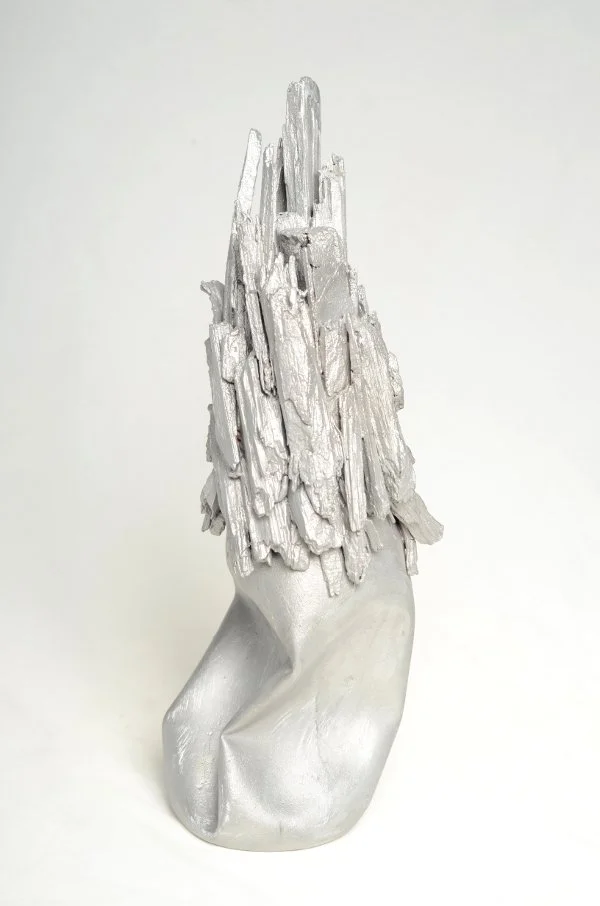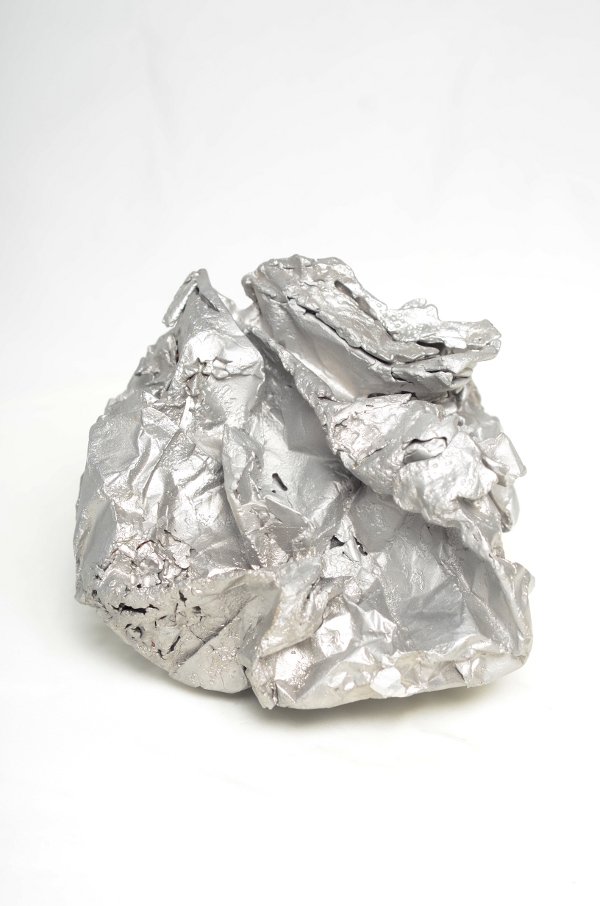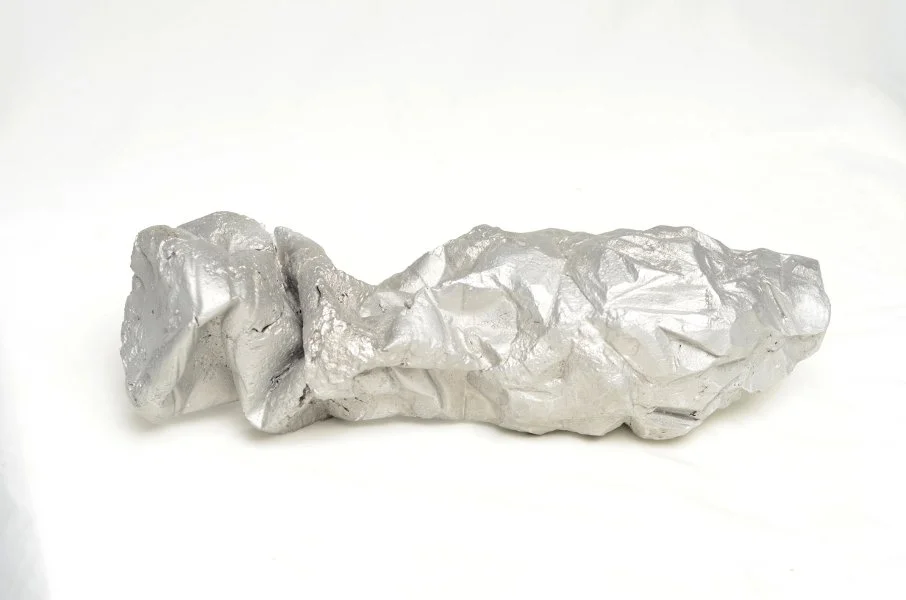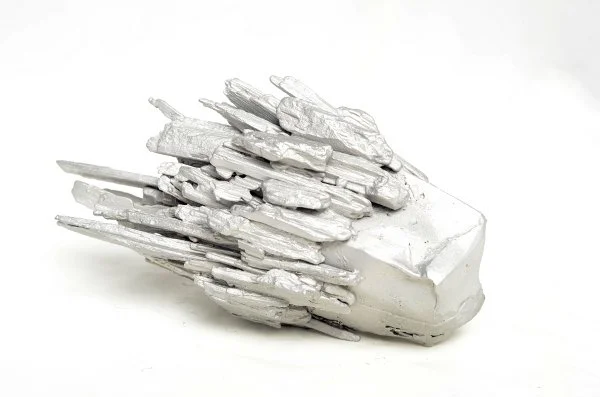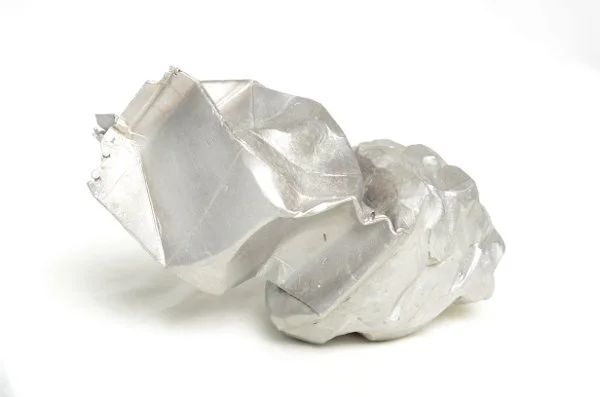To Kick a Stone
A stone rests on the earth at a vacant block.
I kick it.
It bounces along the cement, rolls in a crooked trajectory and comes to stop. Following in pursuit, I kick it again, this time with more force. It skips further, ricochets off a fence, fractures, curves forward and comes to a halt. The force of the third kick is halted by the stone’s connection with a gutter. Pressed into the corner where the road meets the sidewalk, it has stopped. I leave the stone (not where I found it) and walk on.
I encounter a collection of pipes, timbers, metals, materials – all remnants of some past, unknown activity. Sloppily organized and haphazard, they are propped up, leaning tenderly, reaching to meet another surface that will, for the time being, hold them here in this way. Their current position holds no human purpose, but indicates human intervention. Here they remain, forms mapping distance between other forms, a group of tentative relations.
I meet with things – or – material and I interact, in various states, over different scales of time. The stone is moved and the gutter is blocked, my shoe is scuffed, I am minutes older.
